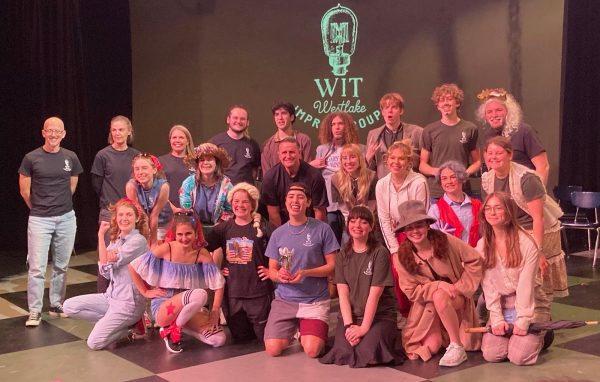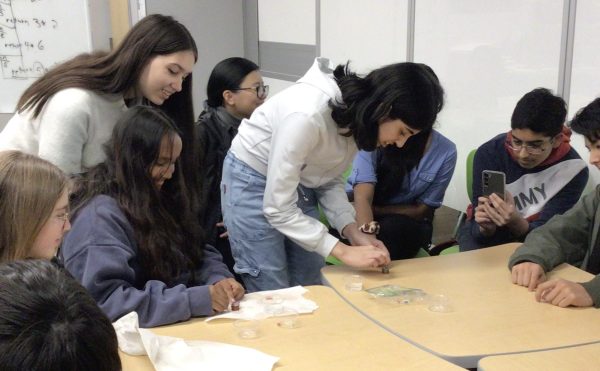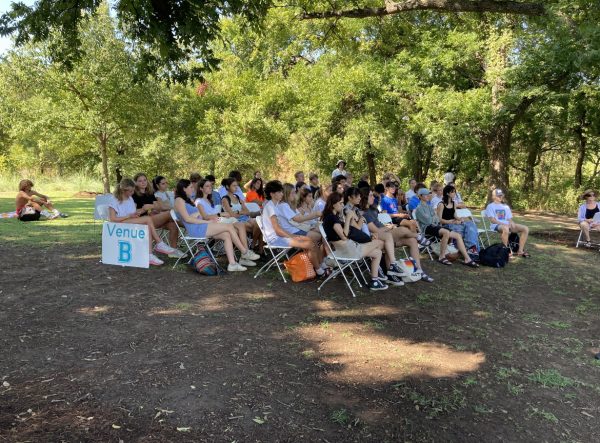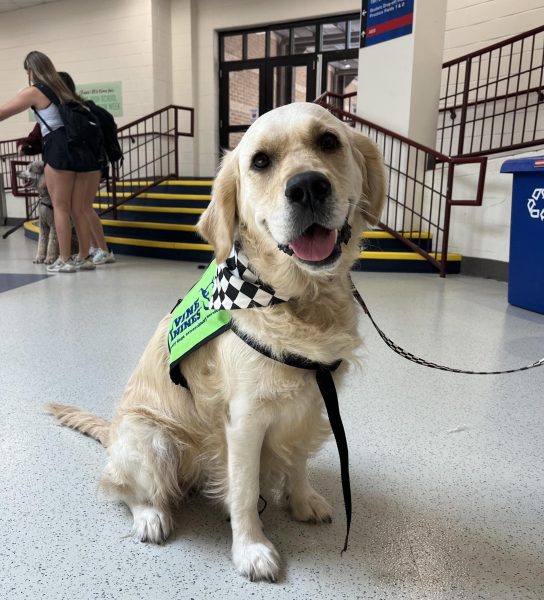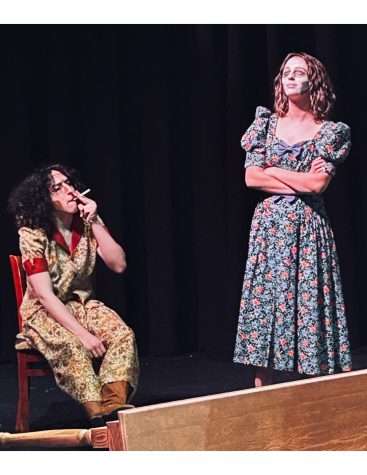Westlake takes action after ’89 homecoming’s racist stunt
Just one look at Westlake’s demographics will show that the student body is predominantly white with most students’ families fitting into the middle-to-upper-middle socioeconomic bracket. These factors contribute to the reputation Westlake has for lacking racial sensitivity. In the past, a select few Westlake students have committed blatantly racist acts on and off campus. While these students actions do not reflect the overall attitude at Westlake, these incidents are a part of the school’s history and contribute to the school’s public image.
The most notable of incidents occurred Oct. 13, 1989. While details are not clear, considering there were many different accounts at the time and it has been 30 years since, the central narrative of the event remains the same. In the past, Westlake students celebrated spirit week leading up to Homecoming in a very different way than they do now. The tradition was to trash the Commons with anything from streamers and toilet paper to parking a Volkswagen Beetle on the W or hanging a motorcycle from the ceiling.
“We had a nasty tradition of students trashing the campus and just kind of showing disrespect to Westlake High School, which I’ve never understood,” said band director Kerry Taylor, who has taught at Westlake for 32 years. “The seniors, particularly, used to trash out the school for Homecoming. They would dump trash. They would draw on windows and buildings. There was a lot going on at that time during that particular week.”
That year, however, some felt the students took the “pranks” too far. On the morning of the Homecoming football game against Lyndon B. Johnson High School, the first few faculty members who arrived at school found an effigy hanging from a tree at the front of the then campus driveway. The dummy was hung by a noose around its neck and was dressed in a football jersey with the word “fish” across it.
“I was getting here at 6:30 or so in the morning, and I drove by that tree to get to my parking spot,” Kerry Taylor said. “I was arguably one of the first people to see it that morning, and I notified people about it. I’m pretty sure by mid-morning it was down. It could have been even earlier than that. It was not there for long.”
At the time, the quarterback for LBJ was an African American whose last name was Fish. It was widely believed the effigy was targeting the player. On the other hand, some claimed the display was not aimed at the quarterback, but rather was poking fun at freshmen who are often referred to as “fish.”
“They were always trashing the freshmen, so it made sense,” said art teacher Dale Baker, who has taught at Westlake for 34 years. “It was unfortunate that the word ‘fish’ was used as a reference to freshmen, but it was misrepresented as applying to the opposing team’s quarterback. You never know what their [the perpetrators’] motivation was.”
The second scandal of that day, however, wasn’t up for interpretation. The big black letters painted across the stadium bleachers that read “Go Home, N——” were very clear.
“[It] was written in the visiting band area,” Kerry Taylor said. “The band director who was there at the time is a very good friend of mine, so he actually came over at some point and said, ‘Hey, is this the kind of reception that you guys give us?’”
Directly after the incident, the story quickly spread through media coverage. The following week, Austin American-Statesman released an article which upset many of the attending Westlake students. They felt the article failed to fairly reflect their reaction to the events.
“The students that I knew were devastated by [the incident],” Baker said. “They just couldn’t believe that happened. It’s not representative of the school at all. Parents that I talked to couldn’t believe it either. That’s just not what we were about at that time. It could very well be some rogue kid did that. It was a bad reflection, but it wasn’t the reflection that should have been put upon Westlake because a lot of the kids back then were like the students today — they were really good kids and they were conscientious. It’s just sad that it happened.”
On Oct. 25 following the incident, the University Interscholastic League hosted a meeting with principals from the surrounding schools to discuss and vote on the appropriate disciplinary actions to be levied against Westlake. It was decided that Westlake would be on probation through the 1990-91 school year, effective immediately. On top of this, Westlake was required to create a plan of action that would promote sensitivity and diversity.
“I think that there were some tensions within our school in the same way there were tensions between schools to a certain extent,” instructional supervisor Valerie Taylor said. “Some people felt we shouldn’t have been punished for this. The whole idea was: Is it a punishment or an opportunity? [The school] tried to treat this as an opportunity for us to learn about other people.”
Westlake turned to the School Wide Assistance Team as a solution. SWAT was a team of educators whose goal was to address and improve the social relations issues the school faced at the time. Partnering with other area high schools, the team instilled an exchange program in hopes of giving students a more diverse perspective.
“There were 10 schools that participated,” said Valerie Taylor, who has taught at Westlake since 1990 and who served on the committee. “It was our school plus the Austin ISD high schools at the time. We set up visits with each of those schools. We would take [our] students to their school for a day and … we sort of shadowed students. We’d talk to people about, ‘What’s your school like, and tell us about who you are, what you do and stuff. And then those same students came to us. Part of that was to address the perceptions about Westlake. Yeah, we live in a bubble. So let’s get outside the bubble.”
In addition to the exchange program, Westlake students wrote journal entries and letters about the sensitivity issue being brought to light. They hosted sensitivity assemblies, and teachers were even told to talk openly about the issue in class.
“There was some training that we did with the faculty,” Kerry Taylor said. “We were asked to address several issues with the student body in our regular classroom. I don’t know how other people handled it in their classroom. I’m certain that there were some people who were uncomfortable with it. I very much took the bull by the horns and we talked about it openly — about feelings and what’s appropriate, and why [something] may not be offensive to you, but it could be offensive to somebody else. I could bring some of my own personal experiences to the class and share with them incidents that I had been involved in. I don’t think anybody relied on just one way to address the issue.”
Westlake also set aside some time, once a month, for students to get together with a faculty facilitator to address sensitive topics.
“Every student was assigned to a group, and it was by grade level,” Valerie Taylor said. “We were supposed to get in a big circle, and we would have a topic we had to discuss. [When] it started off, the topics were all related to diversity and things that connected to the incident that happened. We kept that going for either two or three years.”
After the incident, many students, parents, educators, and anyone else who felt affected started taking action to not just repair Westlake’s reputation, but to expose and diversify the newer generation of students in the years to come.
“I have not experienced the kinds of prejudice or discrimination that people of color have,” Valerie Taylor said. “But I think it’s important that I try to understand or empathize with that, and that I also fight for it not to be the case. I’ve always felt like a school that has a higher percentage of high socioeconomic students has a responsibility to make sure the students in that school understand social justice issues because often the students are eventually going to be in positions of power themselves.”


